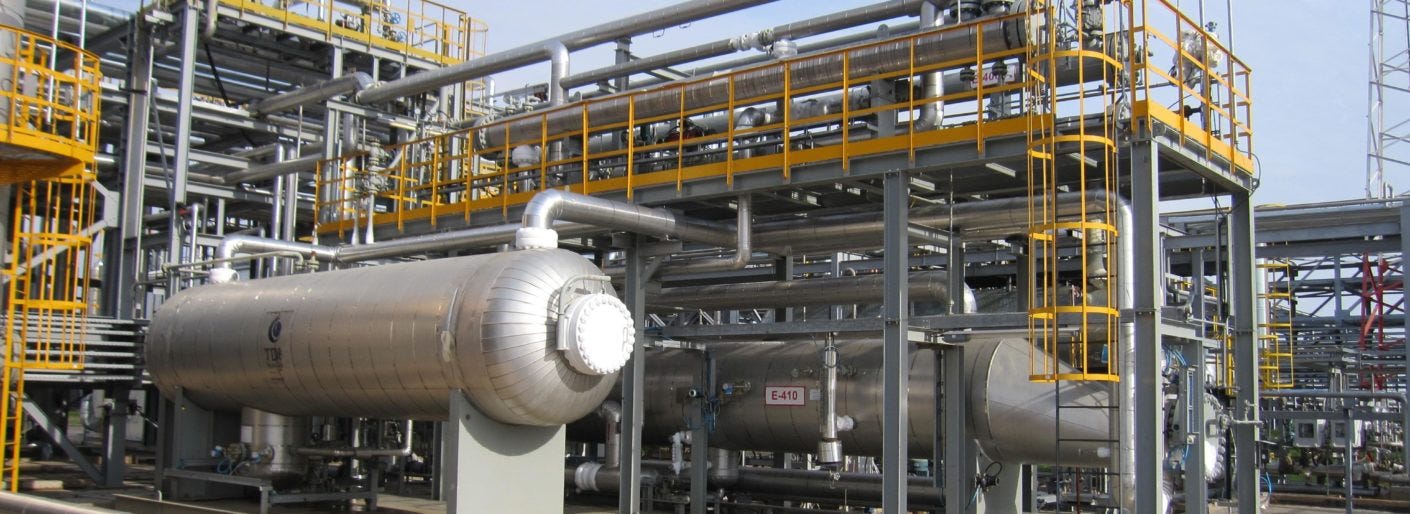NorthRiver seeks to modernize McMahon Plant, sequester emissions
The air in Taylor might soon smell less like sulphur, if NorthRiver Midstream is successful in its application to construct a sequestration well at its McMahon Plant.
The McMahon Gas Plant was designed to process lean gas with minimal liquids content – propane, butane and condensate – however, most of the Montney formation where McMahon gets its supply from is rich gas with a high liquids content.
Currently, the McMahon plant removes hydrogen sulphide (H2S) and carbon dioxide (CO2) from the raw inlet gas stream, through sulphur recovery units. The sales quality natural gas goes into the transmission pipelines to market, while the liquid sulphur extracted from the gas is transported to market by truck, and the CO2 is emitted from the plant’s stack.
The facility is not able to extract all the liquids, so NorthRiver has been working on a plan to modernize the Taylor plant, in a two-phase upgrade, in a separate project from the proposed sequestration wells.
Phase 1 is already underway, with the earthwork and pilings completed for the installation of a de-ethanizer. The de-ethanizer allows more liquids extraction from the gas stream, which has the bonus of reducing flaring at the plant.
The de-ethanizer is scheduled to be in-service by Fall 2025.
The second phase is the installation of a refridge or Dew Point Control Unit (DPCU) whose purpose is to extract additional liquids from the rich gas stream. The DPCU is expected to be in-service by Q4 of 2026.
The combination of these two modernization phases is expected to increase liquids recover by up to 60 percent, improving McMahon’s competitiveness and extending its longevity.
By replacing the sulphur recovery units with on-site compression and dehydration units, and constructing three injection wells, NorthRiver will be able to sequester the H2S and CO2 in a depleted reservoir, about 2 km below the surface.
In addition to the waste gas injection wells, the project consists of low-pressure acid gas piping to take the waste gases to two waste gas compressors, and high-pressure acid gas piping running from the compressors to the injection wells.
The proposed location of the project is within the existing operational footprint and lease boundary of the McMahon plant.
NorthRiver plans to apply to the BC Energy Regulator in the first half of 2025, following the completion of the consultation period.
The proposed wells will be designed and operated to make sure that the waste gas is stored underground, preventing migration back to the surface. The reservoir is overlaid by a thick barrier of impermeable rock which will effectively capture waste gas and has good porosity and permeability which means it can hold a significant volume of gas without pressure building up.
It is estimated that the reservoir has enough capacity to store 30 years’ worth of injected waste gases. NorthRiver plans to drill a test well in early 2026, which is anticipated to confirm that the reservoir is ideal for sequestration.
For extra protection of the water table from contamination, a cement surface casing will extend 450 m down from the surface.
Other safety measures will include 24/7 monitoring for H2S gas throughout the entire waste gas system; leak detection on the disposal wells; and subsurface safety valves to provide emergency closure, if necessary, to prevent gas release from the wellhead.






